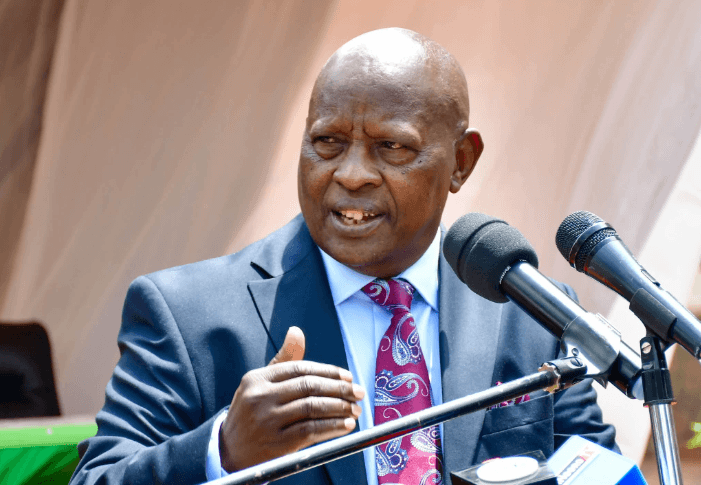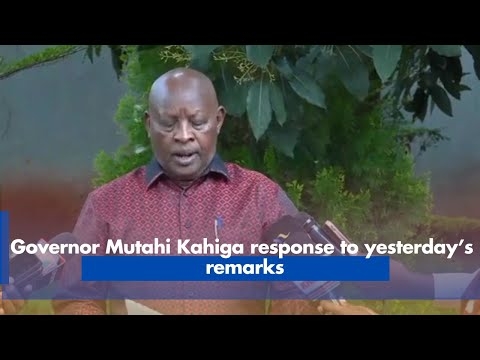The government is planning to install CCTV surveillance cameras for the protection of the recently rehabilitated Maasai Mau forest.
Narok South deputy county commissioner Felix Kisalu said they have procured the cameras which will be installed in 200-meter space along the 30-kilometre fence.
Speaking to the Star in his office, Kisalu said the move would help protect the forest.
He said the move comes after successfully fencing off the water tower that aimed at protecting it from any human encroachment and destruction.
“We are now in another stage of installing solar-powered CCTVs so as to stop further destruction by illegal loggers, intrusion of encroachers and keep poachers at bay,” Kisalu said.
The administrator further said that they opted for solar since it is reliable and would not be affected by power outages.
He said that the state will also acquire modern integrated security technology such as drones.
“We shall be monitoring all the activities happening in the entire forest. We shall weed out charcoal burners, illegal loggers and poachers."
Kisalu also said that, apart from using technology to monitor the forest, the government recently recruited 20 community scouts who will be manning the fence and reinforce security in the forest.
He said the young men volunteered for the exercise and desired to provide 24-hour surveillance in the ongoing works at the forest.
“During the selection, the proximity of the applicant house to the fence was a key requirement as they preferred those living closeby,” Kisalu said.
“We looked at their previous record in conservation work, ability to convey critical community information to youth and women groups and those with technical knowledge on security issues.”
Recently, the government issued a vacation notice to Mau evictees who were living in squalid conditions at Saptet and Olmekenyu camps, citing serious security threat to the forest.
The fencing of the forest was undertaken by Kenya Water Towers Agency and supervised by the Kenya Forest Service which cost Sh8 million.
Maasai Mau is one of the 22 blocks forming the Mau Forest complex, which had been illegally encroached after expanding five adjacent group ranches during land subdivision.
In 2018 and 2019, the government evicted more than 50, 000 people from the Maasai Mau forest reclaiming about 47, 000 acres of land in the first and second eviction phases.
It has involved planting 1.5 million tree seedlings and using aerial seeding technology to plant additional seeds.
In 2018, under the phase one reclamation exercise, 11,119 acres (4,500 hectares) of land was recovered from Kass FM and Kosia areas in Maasai Mau.
The following year, under phase two, the government recovered 42,157 acres (17,101 hectares) comprising Kamwengoi, Sierra Leone and Kipchoge areas.
The total area under rehabilitation is about 51,892 acres (21,000 hectares).
Maasai Mau was the most encroached water tower of the 22 blocks of the Mau Forest Complex.
The Mara-Serengeti transboundary ecosystem relies on the Mara River whose origin is the Mau Forest Complex.
The largest tributary is the Amalo River that originates from the Maasai Mau Water Tower.
The ecosystem supports wildebeest migration.
The entire Mau Complex is a major catchment for 12 major rivers.
They are Sondu, Mara, Nyando, Yala, Ewaso-Ng’iro, Molo, Njoro, Nderit, Makalia, Naishi, Mumberes and Nzoia.
The rivers feed lakes Turkana, Baringo and Nakuru, as well as two transboundary lakes, Natron and Victoria.
The Mau Forest complex spreads across Baringo, Bomet, Kericho, Nakuru, Narok and Uasin Gichu counties.
It comprises 22 blocks: Eastern Mau, Western Mau, Transmara, South West Mau, Maasai Mau, Tinderet, Mau Narok, Molo, Eburu, Olpusimoru.
Others are West Molo, Southern Mau, Londiani, Mt Loldiani, Kilombe Hill, Maji Mazuri, Timboroa, Lembus, Nabkoi, Metkei, Chemorogok and Northern Tinderet.
(edited by Amol Awuor)
“WATCH: The latest videos from the Star”









